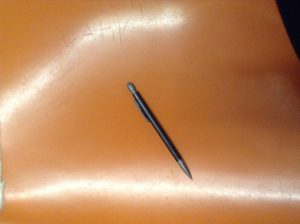
Woodside 61st street station- Creative utensil which could’ve been re-used with purchase of lead. What a waste of creative usage.
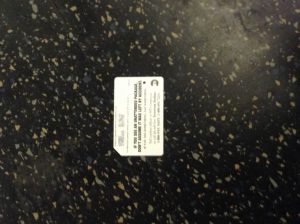
Woodside 61st street station- Another re-usable item (Metro Card) discarded in the wrong place by a irresponsible citizen.
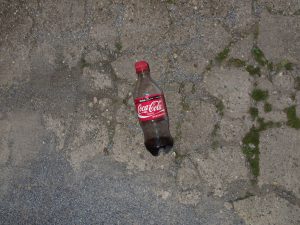
Woodside 60th street- Recyclable item (Plastic Bottle) discarded in the wrong place once again by another litterbug.
In this Urban Archeology Walk I found out there are many irresponsible citizens who misuse everyday items. Two of the objects I found are geometrically shaped which is clearly the metro card and the pencil. The plastic bottle had certain curves and circular edges which makes that object an organic shape.
These objects came from irresponsible citizens who don’t know how to recycle or are unaware of where things belong. These misplaced items have their own distinctive usage which makes them quite different. The only similarity they have between one another is their plastic and smooth texture and their irresponsible owner.
Hour(s) spent: 1.5
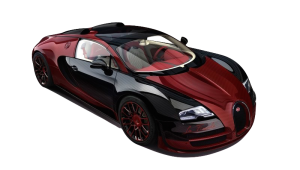
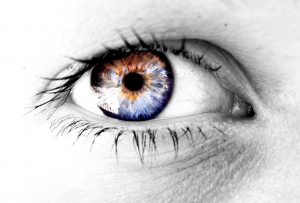
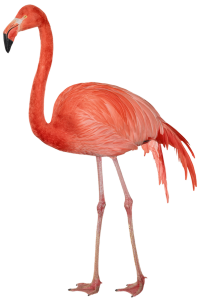

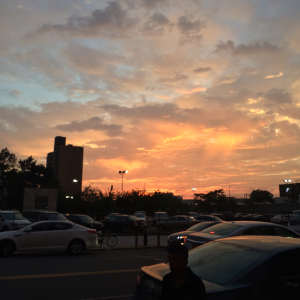
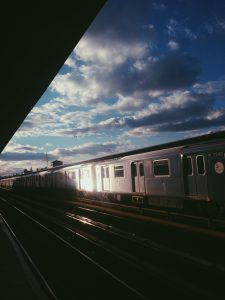
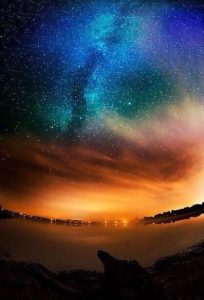

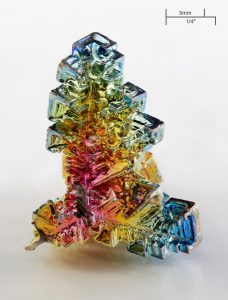
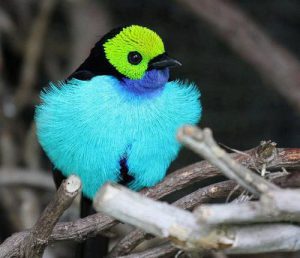
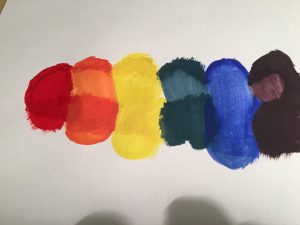



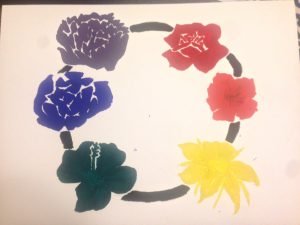




Recent Comments